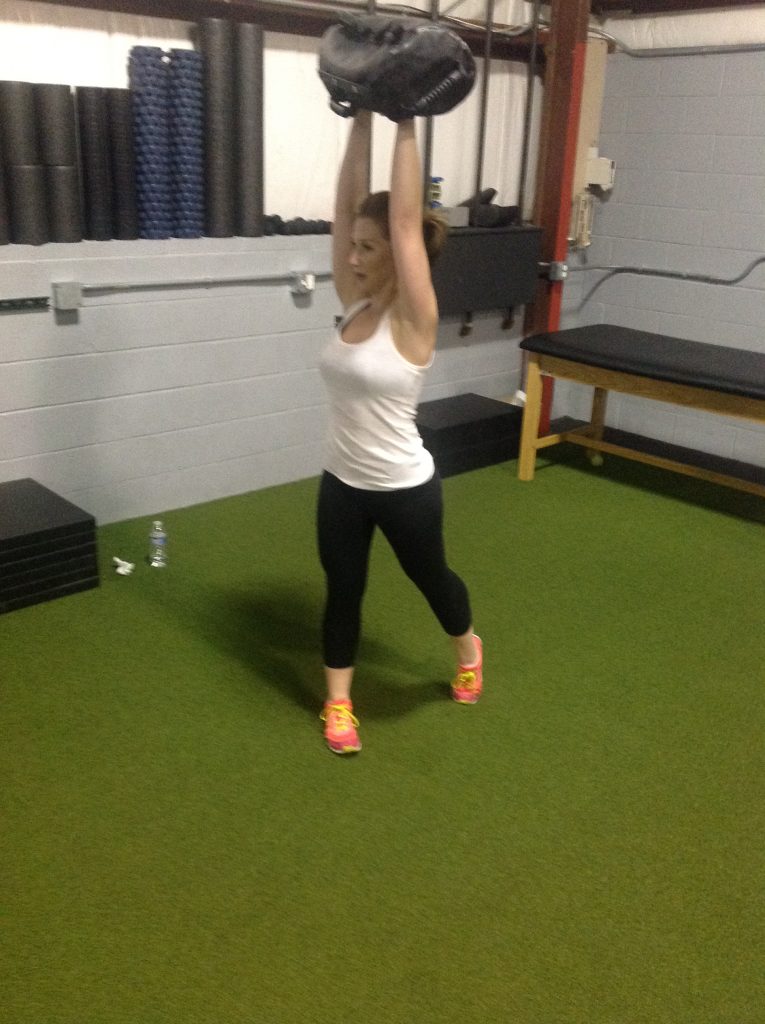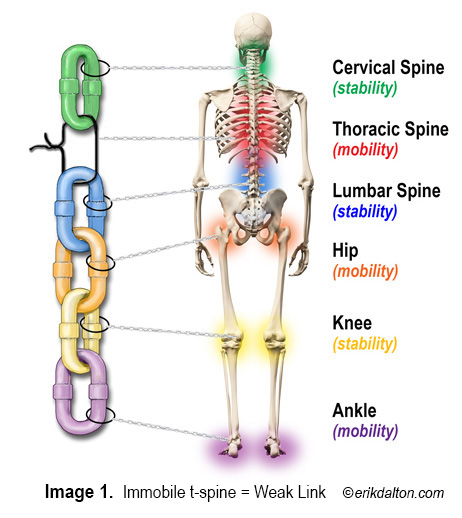Getting MORE Out of the MAX Lunge
2018-10-4
There might be no more iconic DVRT exercise than our MAX Lunge. I came up with the idea realizing that the Ultimate Sandbag gave us an opportunity to move in far more ways than typical weights offered. That was really exciting because most of us knew that movement happens more than up and down, but sadly, we didn’t have the right tools to accomplish these goals. So, when it hit me how we could use the Ultimate Sandbag to target more functional fitness qualities I was in!

Probably like a lot of people, when you invent something you don’t realize the rabbit hole you are going to go down. Initially, I called the MAX Lunge the Rotational Lunge because I was referencing what the weight was doing, not the body. That is really important because if you think of it as “lunge with rotation” as many people call it now, it is actually dangerous!
That is because trying to rotate when the hips are fixed forward through the lumbar spine, that is how you really crank on your low back. Remember, the lumbar spine has very little motion and the hips have far more. Hence, why our rotational training in DVRT centers around feet and hips while keeping a plank!

Notice the pivot that creates the movement from the hips while keep the low back stable during actual rotation. We are going to be discussing RESISTING rotation.
However, if we review Mike Boyle’s and Gray Cook’s “Joint by Joint” approach we see that hips are mobile, low back is stable, but thoracic spine has mobility. That means that the rotation in the movement is really coming from some small movement of the thoracic spine while the low back is being stable.

So, before we are going fast, or around the world, or doing the “sexy” aspect of the MAX Lunge we have to own the foundations as DVRT Master, Steve Holiner breaks down below.
How can we emphasize some of these aspects of the MAX lunge? Well, we can use various feedback tools, regressions, and cuing that we are going to share here. For one, so many people miss the beauty of simple DVRT drills that teach a lot of the positional and control aspects of the MAX lunge like in our Up Downs.
DVRT Master, Cory Cripe shows a couple of variations. The point is how to decelerate, develop strength to come up, and control the pelvis and core by using the feet.
After spending some time with Up Downs we can use a regression of the MAX lunge in the front loaded position. This is a drill that most people misunderstand. The point of the drill is to move at the SAME time from the thoracic spine and stepping action. The reason we use the front load position is because we can create tension on the Ultimate Sandbag and teach how to use core tension to create stability.
https://www.instagram.com/tv/BzktT_untBi/
Here I break down where people often go wrong in the front load position of our MAX Lunge.
We also have options to use other DVRT drills to help teach the mechanics of the MAX lunge, that is the beauty of having a system versus just a bunch of exercises. What Jessica shows below is how we use a band around the foot to engage more foot activity to stabilize the knee and engage with the hip. The half Around the World allows us to teach a more reactive core that will be needed when we go fast and have the stability and control. This is also a wonderful hip and core mobility drill!
https://www.instagram.com/p/Bn6C-qVFBDs/?utm_source=ig_embed&utm_medium=loading
Progression is key in EVERYTHING we do in DVRT and our MAX Lunge is built on the foundation of MANY progressions. Sadly, in our social media world today, it can be difficult to have people understand this concept of developing building blocks and using other movements to reinforce the qualities of our training. This even extends to incorporating other tools. Not just randomly doing so, but in order to add another layer to what we do!
An example is kettlebells and while you may think, “Josh we are going to start using kettlebells to swing in the MAX lunge?!” NO, absolutely NOT! That isn’t taking what unique aspect kettlebells allow and maximizing them. Instead, we want to use them as a bridge from our front loaded position to the swinging you typically see in the MAX lunge. The rack position of the kettlebell doesn’t offer as much tension and feedback so we have to be more reactive. Therefore, we have different and valuable ways to build that connection of the shoulder, core, and opposite hip.
It isn’t incorporating kettlebells to mimic what we already do! It IS about using what they can offer us to make better progressions and solutions in performing great drills like our MAX lunge.
This week only you can save 25% on our DVRT Ultimate Sandbags and when you invest in our great functional training equipment you will receive our top selling 300 Challenge Workout programs for FREE! These are some of our most popular workouts to help you see how DVRT can build you fitness in so many diverse ways. Don’t miss it, use code “warmup” HERE!
https://www.instagram.com/p/B7bDvPSn639/
© 2025 Ultimate Sandbag Training. Site by Jennifer Web Design.







